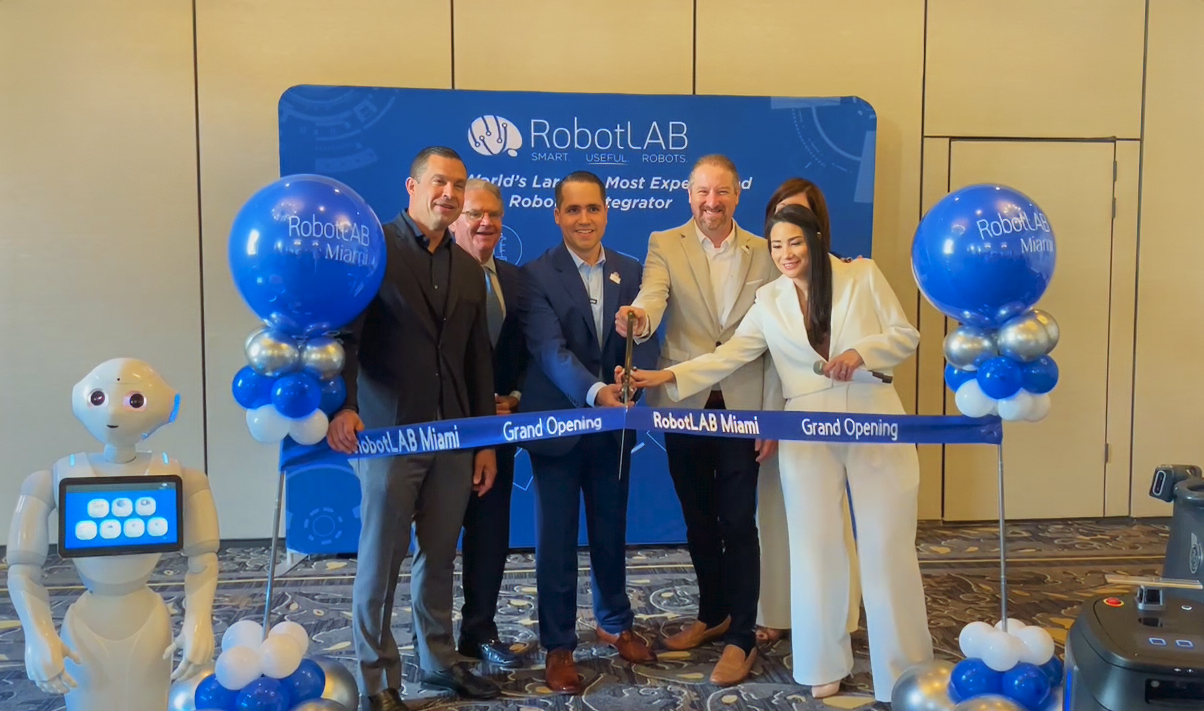
RobotLAB Expands National Footprint with Opening of Miami Franchise, Bringing Robotics and AI Innovation to South Florida
Dec 5, 2025 published by -
Miami, FL - RobotLAB, a leader in commercial robotics integration, announced the opening of its Miami franchise, strengthening the company’s presence in one of the country’s fastest-growing technology and business markets. The new franchise will support companies across South Florida seeking ...
Read More →
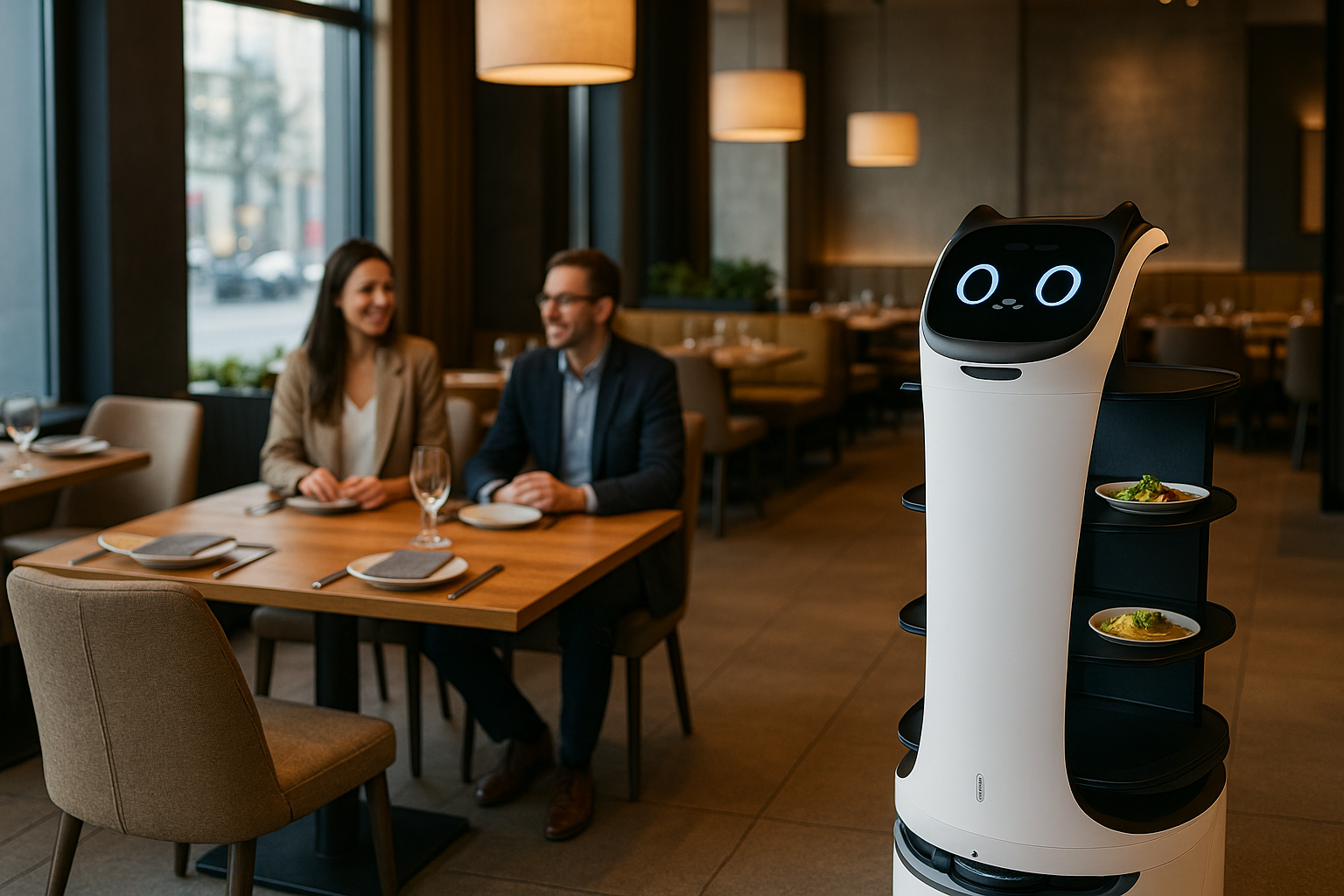
How One Robot Per Store Can Increase Restaurant Profitability by 40 Percent — Without Adding a Single Extra Guest
Nov 25, 2025 published by Paul Forsberg
America’s family-style dining chains have secured a special place in our culture. They’re woven into our memories with familiar comfort food, friendly service, and that unmistakable feeling of stepping back into simpler times. Yet beneath that charm lies a challenge shared across nearly every ...
Read More →
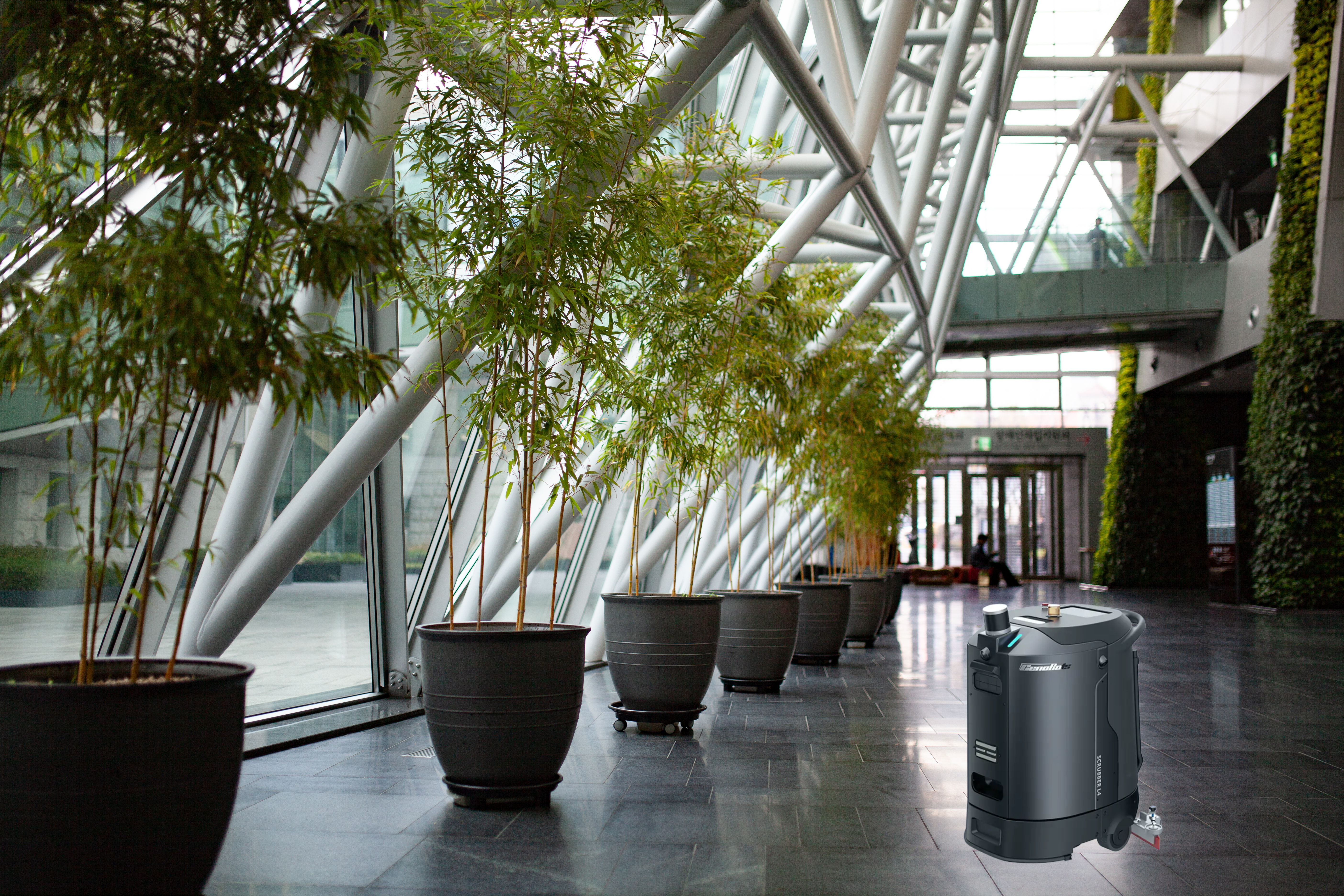
Future-Ready Venues: Why Convention Centers Are the Next Frontier for Intelligent Robots
Nov 24, 2025 published by Kadhar Mohammed
Convention centers are the beating heart of the event economy. They host global trade shows, high-stakes conferences, major expos, and city-defining gatherings. But behind the scenes, these massive venues face nonstop pressure: tight turnarounds, labor shortages, rising guest expectations, and the ...
Read More →
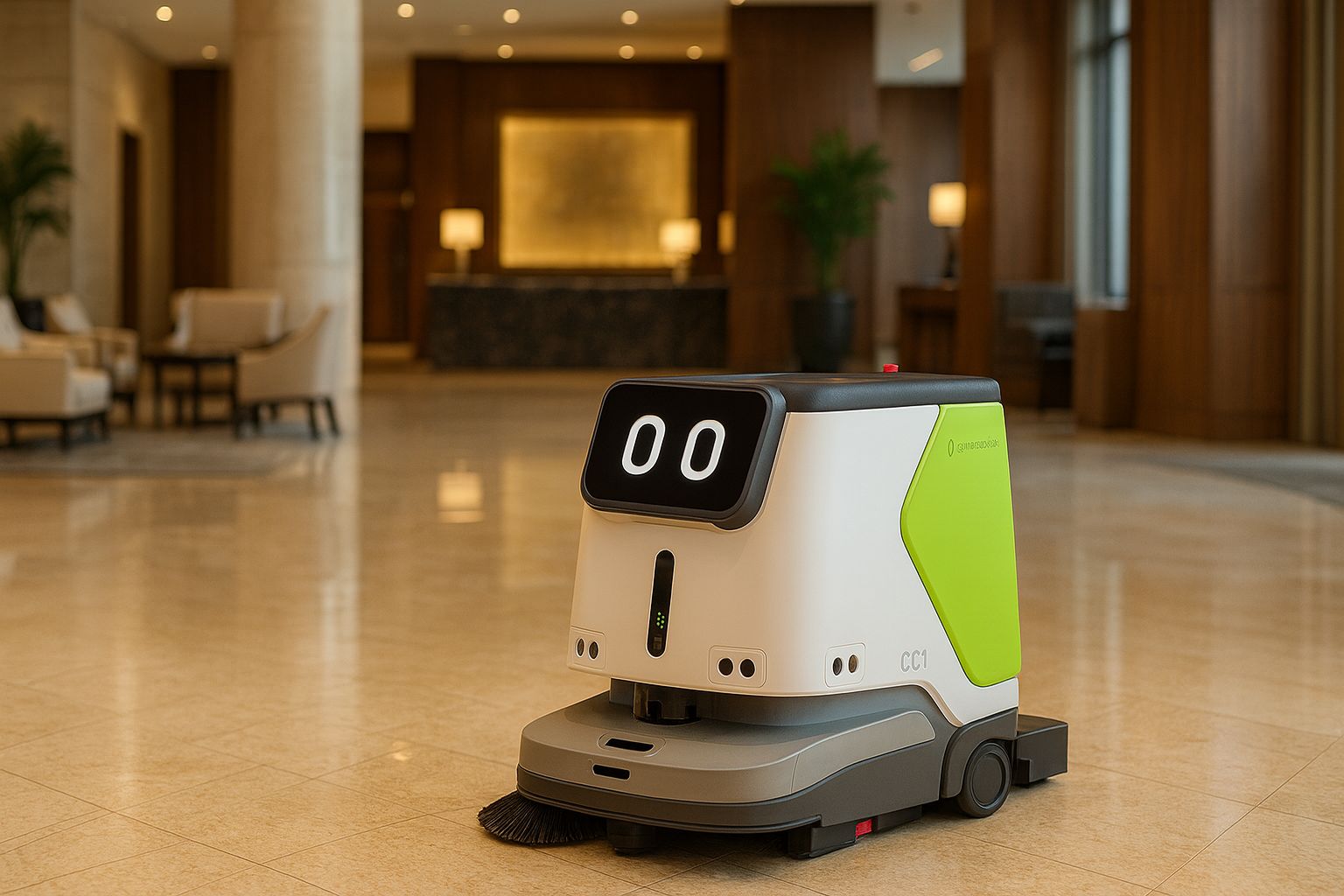
Exploring Commercial-Grade Robotic Vacuum Cleaners for Hotel Environments
Nov 13, 2025 published by Elad Inbar
Why hotel cleanliness is evolving When guests walk into a hotel lobby, the first thing they notice is the cleanliness of the space. Sparkling floors and spotless carpets aren’t just cosmetic; they signal that the property values hygiene and attention to detail. In today’s hospitality industry, ...
Read More →
| Industry |
Hospitality Robots, store-cleaning-robots-for-Hospitality |
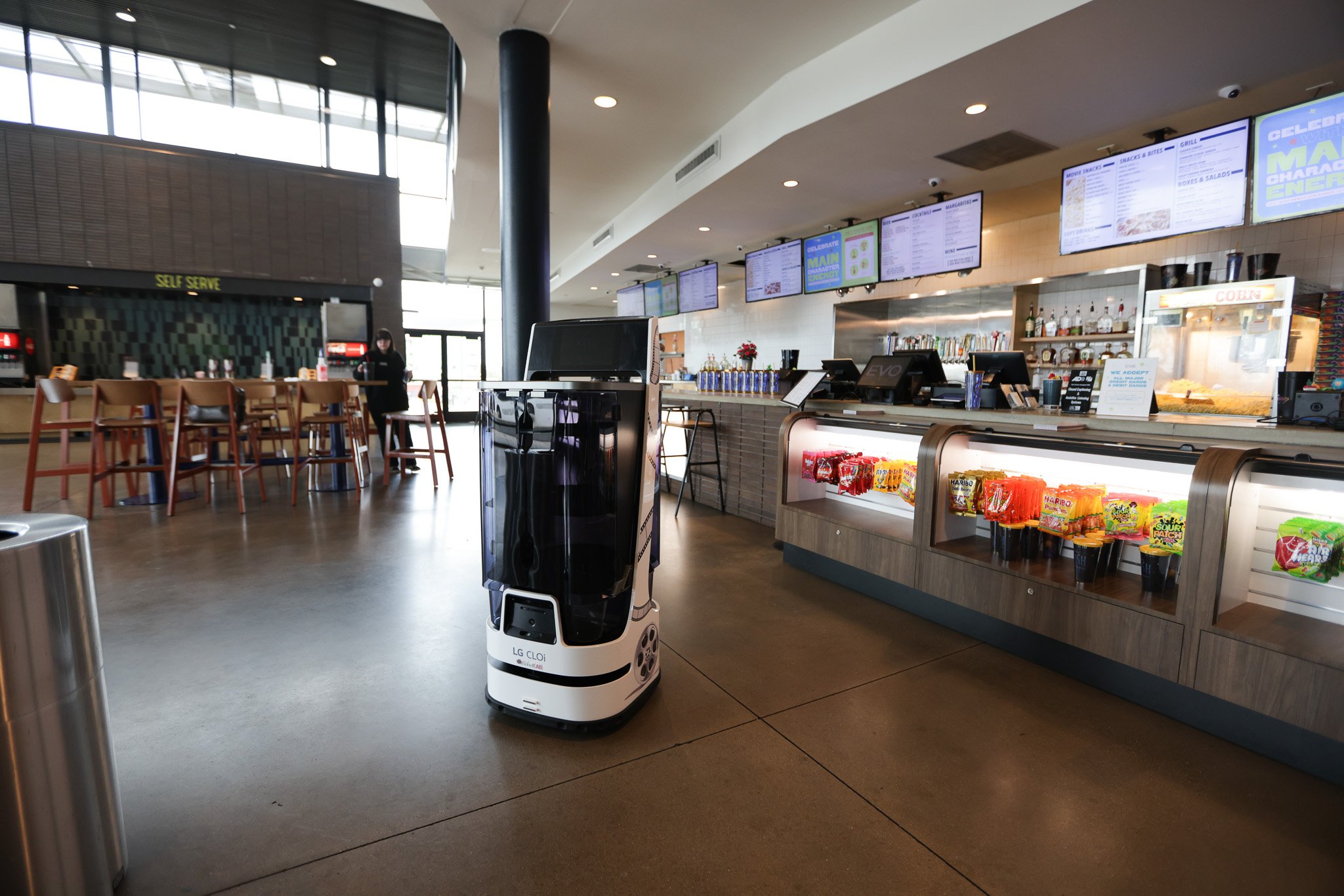
Which service restaurant automation solutions include the implementation of robot waiters for food delivery?
Nov 13, 2025 published by Elad Inbar
Understanding Restaurant Automation and Robot Waiters The hospitality industry is evolving quickly. As labour shortages continue and diners expect fast, attentive service, restaurants are turning to automation for help. Robots are designed to handle repetitive tasks and free staff to do what they ...
Read More →
| Industry |
restaurant, Delivery Robots |














.webp?width=124&height=124&name=image%20(1).webp)
.webp?width=169&height=87&name=image%20(2).webp)













